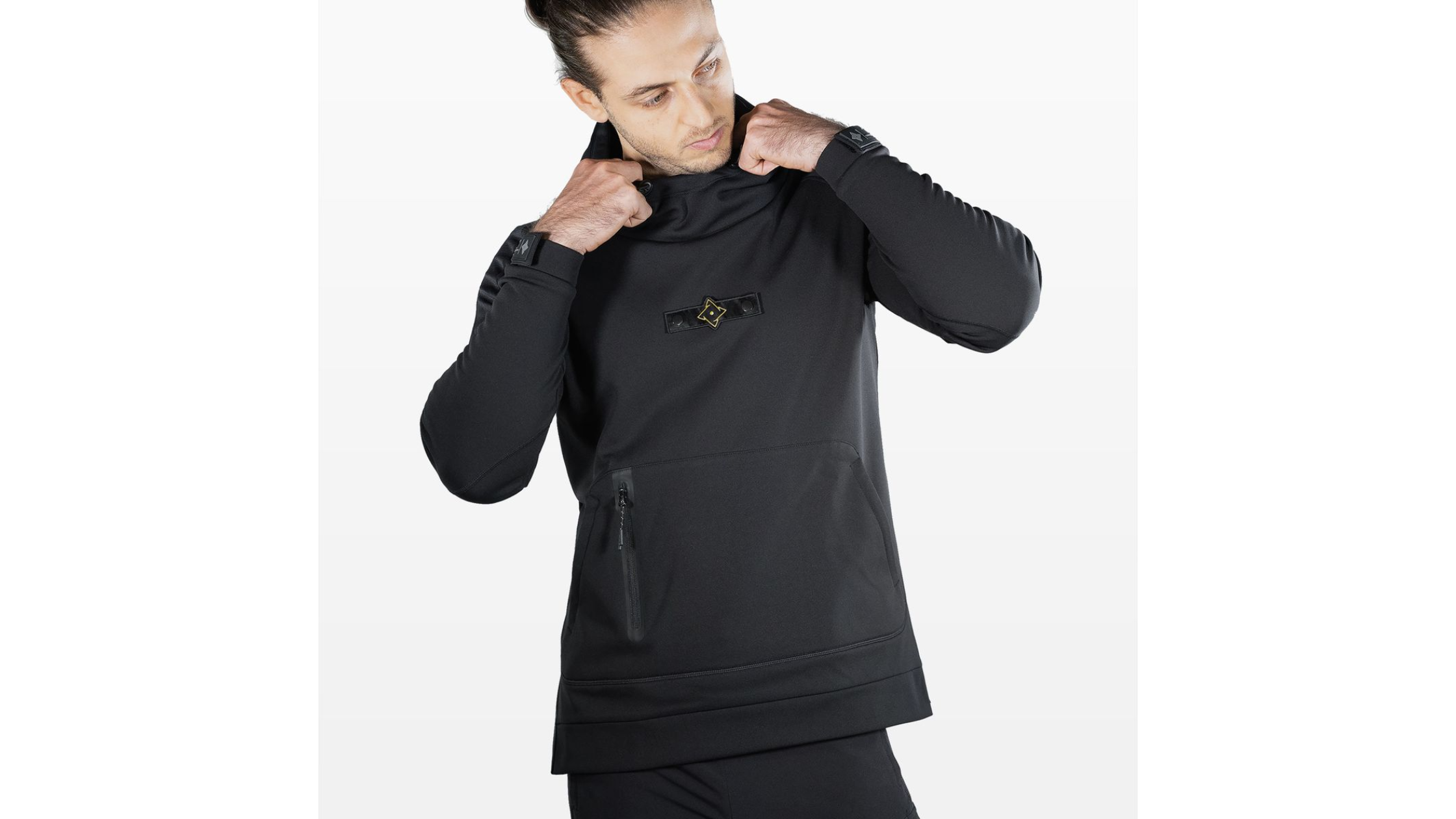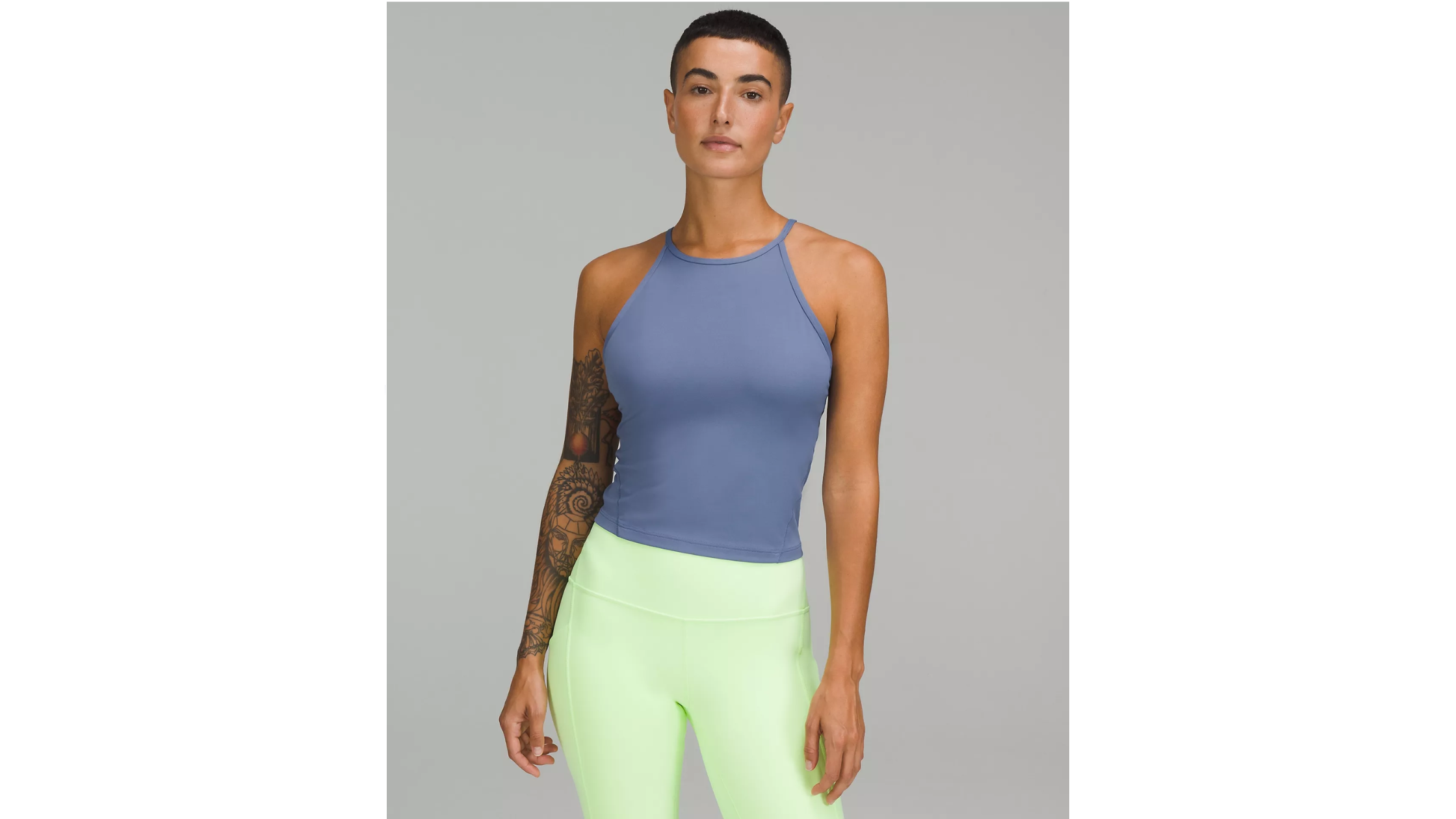The Power of Blend: Decoding the Best Fabric Compositions for Your Sportswear Essentials

The Best Fabric Compositions for Your Sportswear
When you have a fantastic idea for a new product but feel lost about which fabric composition to use, you're not alone. Choosing the right fabric composition is crucial for the performance, feel, and durability of your product. In this blog, we'll explore what fabric composition is, why GSM (grams per square meter) matters, and provide recommendations for various garment types, ensuring you're well-equipped to make informed choices for your activewear collection. Let's dive in!
What is Fabric Composition?
Fabric composition refers to the percentage of each type of fiber or material that makes up a fabric piece. It's essentially the recipe that defines the characteristics of the fabric we touch and feel. For instance, a plain cotton T-shirt is typically made of 100% cotton, meaning all the fibers in that fabric are cotton.
Common Fabric Compositions for Different Garments
1. Lifestyle Fitted T-Shirt
Composition: 95% cotton, 5% spandex
GSM: 180
Details: This blend provides a comfortable stretch and softness, making it perfect for everyday wear.

Tailored Athlete Athletic Fit V-neck Tee
2. Men’s Performance Tee
Composition: 91% polyester, 9% spandex
GSM: 220
Details: Polyester is robust, water-resistant, and crease-resistant, making it ideal for gym wear. The spandex adds flexibility.
Ventilation Mesh
Composition: 88% polyester, 12% spandex
GSM: 140
Details: Used in areas needing extra breathability, like the sides of performance tees.

Under Armour Performance Tee
3. Men’s Lifestyle Cutoff
Composition: 95% cotton, 5% spandex
GSM: 220
Details: A thicker, more robust fabric than the fitted T-shirt, suitable for a more casual and relaxed style.

Alphalete Athletics Cut-Off
4. Men’s Hoodie
First Composition: 85% cotton, 10% polyester, 5% spandex
GSM: 320
Second Composition: 60% cotton, 40% polyester
GSM: 320
Details: These blends provide warmth, durability, and stretch. Hoodies can have various finishes like French terry, interlock, or brushed fleece, affecting the garment’s texture and appearance.

5. Men’s Joggers
First Composition: 85% cotton, 10% polyester, 5% spandex
GSM: Varies
Second Composition: 79% viscose, 17% polyester, 4% spandex
GSM: 280
Details: The first blend is thicker and ideal for lounging, while the second is lightweight and form-fitting, perfect for active use.

Gym Shark: Rest Day Knit Joggers
6. Men’s Technical Jacket
Outer Shell Composition: 100% nylon
Inner Shell Composition: 100% polyester
Details: These jackets are designed to be lightweight and weather-resistant, often featuring multiple layers for insulation and protection.

7. Ladies’ Leggings
First Composition: 88% nylon, 12% spandex (peach finish)
GSM: 280-290
Second Composition: 88% polyester, 12% spandex
GSM: 290
Details: Nylon-spandex blend with a peach finish is soft and squat-proof, ideal for leggings. Polyester-spandex is a more economical option.

8. Ladies’ Sports Bra
Composition: 88% nylon, 12% spandex
GSM: 280-290
Details: This blend is excellent for support and flexibility, ensuring comfort during workouts.

9. Ladies’ Tank Top
Composition: 95% modal, 5% spandex
GSM: 150-160
Details: Modal is a type of rayon that feels like silk, making it perfect for lightweight and comfortable tank tops.

Lightweight High-Neck Yoga Tank Top By Lululemon
10. Ladies’ Joggers
Composition: 79% viscose, 17% polyester, 4% spandex
GSM: 280
Details: This blend is lightweight, form-fitting, and silky smooth, ideal for women’s joggers.
11. Seamless Apparel (Ladies’ Leggings and Sports Bra)
Composition: 94% nylon, 6% elastane
GSM: 280
Details: Seamless garments are known for their smooth finish and flexibility, making them great for activewear.
Understanding GSM (Grams Per Square Meter)
GSM stands for grams per square meter, and it measures the weight and thickness of a fabric. The GSM of a fabric affects its durability, how it drapes on the body, its insulating properties, and its overall structure. For example, a higher GSM indicates a thicker, heavier fabric, while a lower GSM denotes a lighter, more breathable material.
Different garments require different GSMs depending on their intended use. For instance, a lightweight tank top might have a GSM of 150, making it ideal for hot weather, while a hoodie might have a GSM of 320 for added warmth and durability.
Why GSM Matters
Thickness and Weight: Determines how heavy or light the fabric feels.
Durability: Higher GSM fabrics are generally more durable.
Insulation: Thicker fabrics (higher GSM) provide more warmth.
Drape and Fit: Affects how the fabric hangs and fits on the body.
Choosing the right fabric composition and GSM is crucial for creating garments that meet your specific needs and preferences. Whether you're designing performance wear, casual outfits, or technical gear, understanding these aspects will help you make informed decisions.
Conclusion
Selecting the best fabric composition involves understanding the needs of your product and how different materials perform. This guide provides a starting point, but remember, fabric technology is always evolving. Stay updated with the latest developments to ensure your products remain at the forefront of quality and innovation.
By carefully considering the composition and GSM of fabrics, you can create garments that not only look great but also perform exceptionally well, providing comfort, durability, and style to your customers.
About FittDesign
FittDesign is a full-service design and production company specializing in the sportswear and activewear industry. We provide comprehensive solutions including innovative design, detailed technical packs, and high-quality manufacturing. Our expertise supports brands in creating functional and durable sportswear that meets the demands of a competitive market.
Ready to Bring Your Activewear Vision to Life?
Contact Us today and let’s get started on your project!
